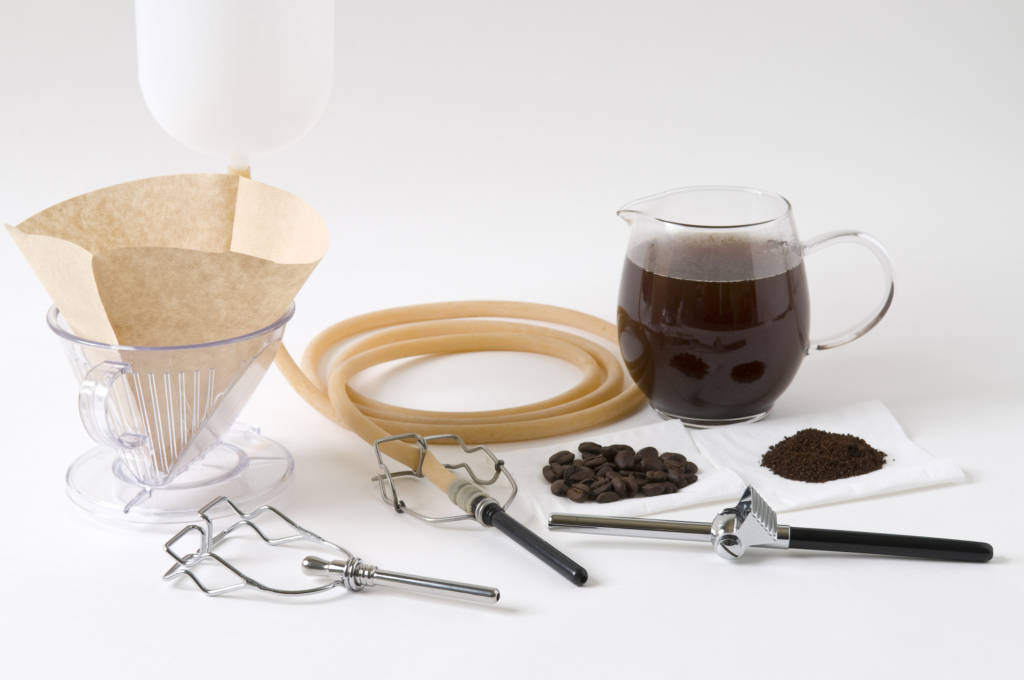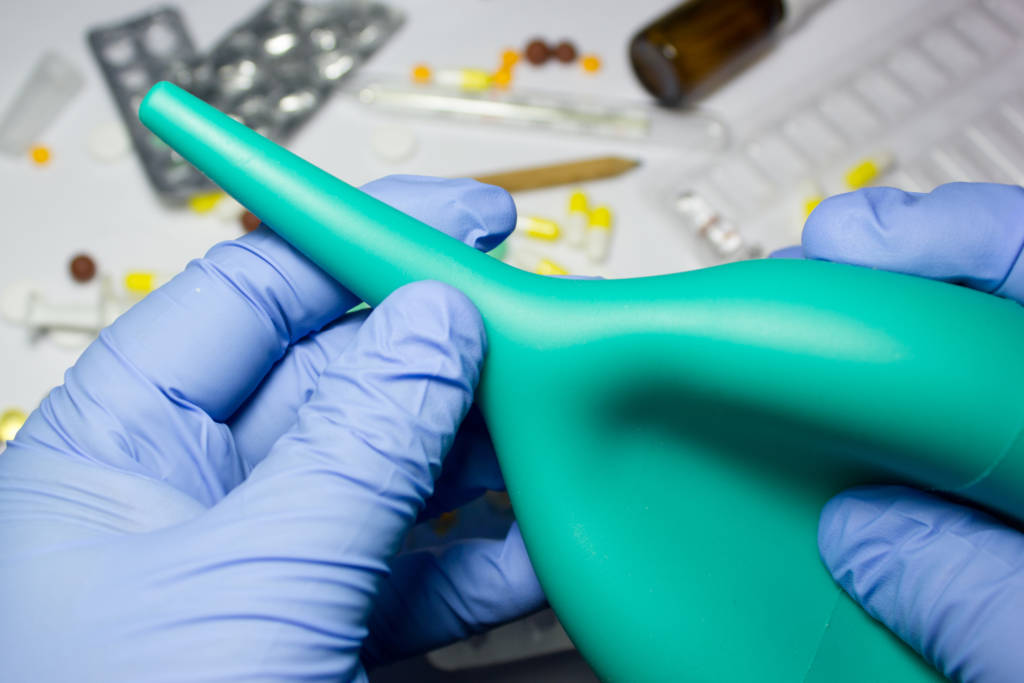
Since the 1950s, coffee enemas have been used to detoxify the liver, increase the body's production of antioxidants like glutathione, and even get rid of cancer.
In fact, until 1984, coffee enemas were included in the Merck Manual - a medical reference guide published by the American pharmaceutical company Merck & Co, that's considered by many physicians to be one of the most important reference resources for treating patients.
A coffee enema is a type of colon cleanse used in alternative medicine. During the procedure, a mixture of brewed, caffeinated coffee and water is inserted into the colon through the rectum.
Coffee enemas may have originated from German physicians searching for a cancer treatment in the early 1900s. But it was the Gerson therapy that helped put the procedure on the map.
Max Gerson was a German-American doctor who believed you could detox the body and give it the nutrients it needs to heal itself using an organic plant-based diet, raw juices, and coffee enemas. His rigorous program became known as the Gerson therapy.
Coffee enemas are thought to stimulate bile flow and the production of glutathione, a detoxifying antioxidant. Many have said that coffee enemas can lead to:
- boosted immunity
- increased energy
- stops yeast overgrowth
- treats autoimmune diseases
- removes parasites from the digestive tract
- removes heavy metals from the body
- treats depression
- treats cancer

But what are the risks?
There’s some evidence to suggest that coffee enemas may be harmful. According to the National Cancer Institute, three deaths reported in literature appear to be related to coffee enemas. One may have occurred due to bacterial infection, although this couldn’t be confirmed. Two other deaths occurred due to electrolyte imbalance.
According to a Letter to the Editor published in the American Journal of Gastroenterology, a coffee enema caused proctocolitis (inflammation of the colon and rectum) in a Korean woman. The letter’s authors concluded that coffee enemas are risky and should be reconsidered as an alternative treatment.
Coffee enemas may be a problem if you’re sensitive to caffeine or if you take medications that interact with caffeine.
Colon cleansing may also cause:
rectal burns
nausea
vomiting
cramping
bloating
dehydration
bowel perforation
infection caused by improperly sterilized equipment
According to Dr. Kelly Brogan, here's how to prepare for a coffee enema:
PREPARE COFFEE – Put two tablespoons of organic coffee with 1 Liter of boiled, filtered water in a glass French press. Let steep for 5 minutes, then press. Let cool to body temp (around 2-3 hours).
ENEMA CONTAINER – 2-quart enema bag or stainless steel or glass bucket with a clamp.
REMOVE AIR – Remove any air from the enema tube the following way: Grasp, but do not close the clamp on the hose. Place the tip in the sink. Hold up the enema bag above the tip until the coffee begins to flow out. Then close the clamp. This expels any air in the tube. Before doing ANYTHING ELSE, make sure the hose clamp is closed. Leaving that sucker open has resulted in more than one unanticipated flood. Fill your clean enema bucket with lukewarm coffee. Too cold, and you may have trouble holding your Caboose Coolatta. Too hot, and you’ll give a new, highly painful meaning to the term “Red Eye”.
Incidentally, burns from scalding hot coffee during the procedure are the most popular argument against coffee enemas in general. Funny, I wouldn’t expect someone to insert a bottle of Prilosec in their tookus because of common sense; and yet if they did, I wouldn’t imagine AstraZeneca to be found at fault (this time).
LUBRICATE – Lubricate the enema tip with a small amount of coconut oil, aloe, or jojoba oil.
POSITION – Lay on your LEFT side.
PLACE CONTAINER ABOVE – With the clamp closed, hang the bag about one foot above your abdomen or...
... rest the bucket on a nearby sink.
INSERT – Insert the tip gently and slowly about 12 inches. Here’s where the fun begins. Gently and slowly insert the first 6-10 inches of the colon tube into your backside. It must get past two sphincters; you’ll feel a bit of resistance each time. It can feel a little… intimate. You may wish your colon tube had bought you dinner first. But it should in no way feel uncomfortable or painful, or else you may wish to consult a professional. If you have a resistant rear, it helps to take a deep breath and insert the tube on the exhale. To help guide you, you can wrap a rubber band a few inches past the desired length on the tube; this way, you can hold the rubber band and know you’re hitting your mark. Just make sure not to get fluids on the rubber band or it will harbor booty baddies. [Ed. Note: I find it easy to get past the second, uh, sphincter, once the joe is flowing]
OPEN FLOW – Open the clamp and hold the enema bag about one foot above the abdomen. The water may take a few seconds to begin flowing. If you develop a cramp, close the hose clamp, turn from side to side and take a few deep breaths. The cramp will usually pass quickly.
RETAIN – Half the volume for 10 minutes, expel and repeat.








